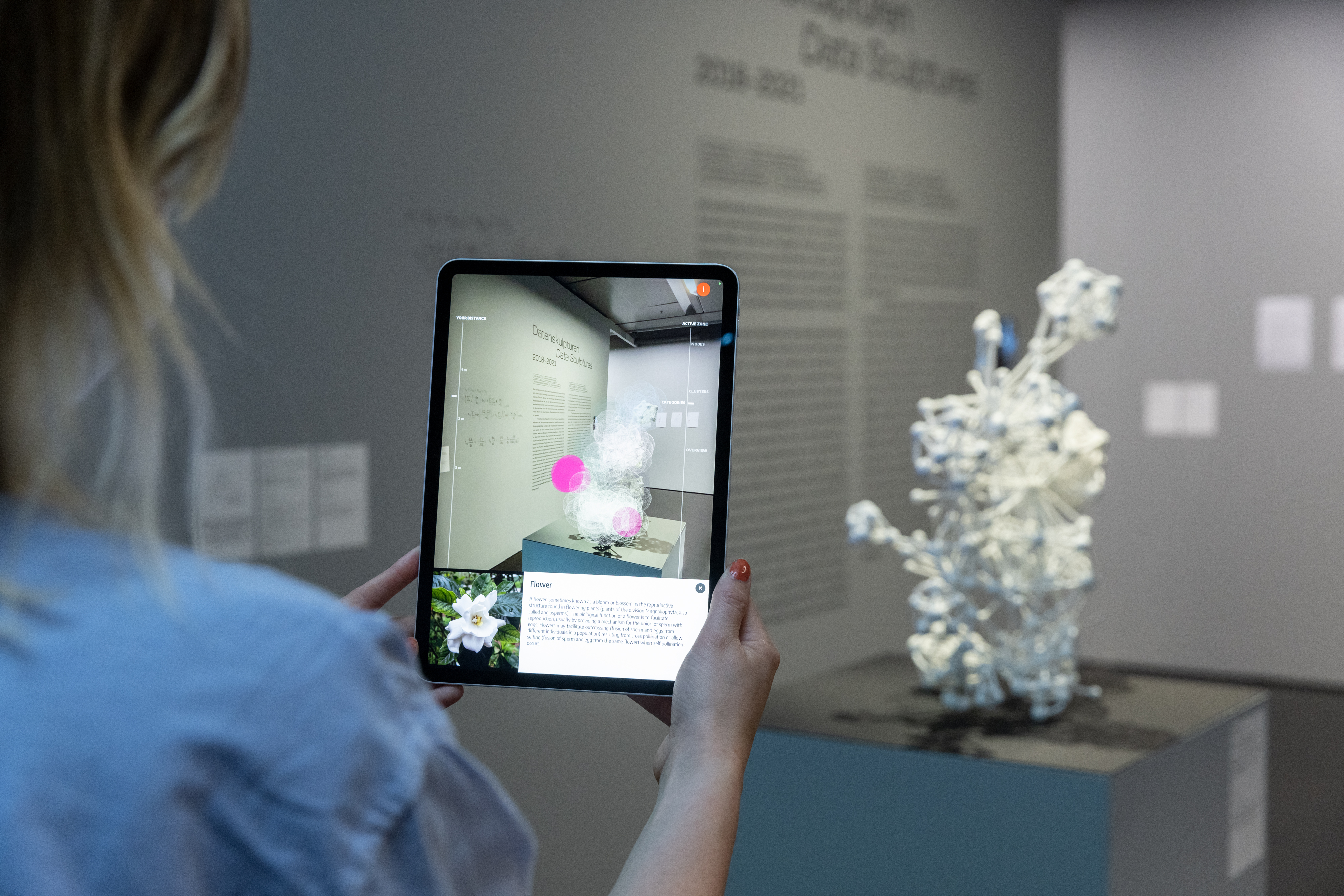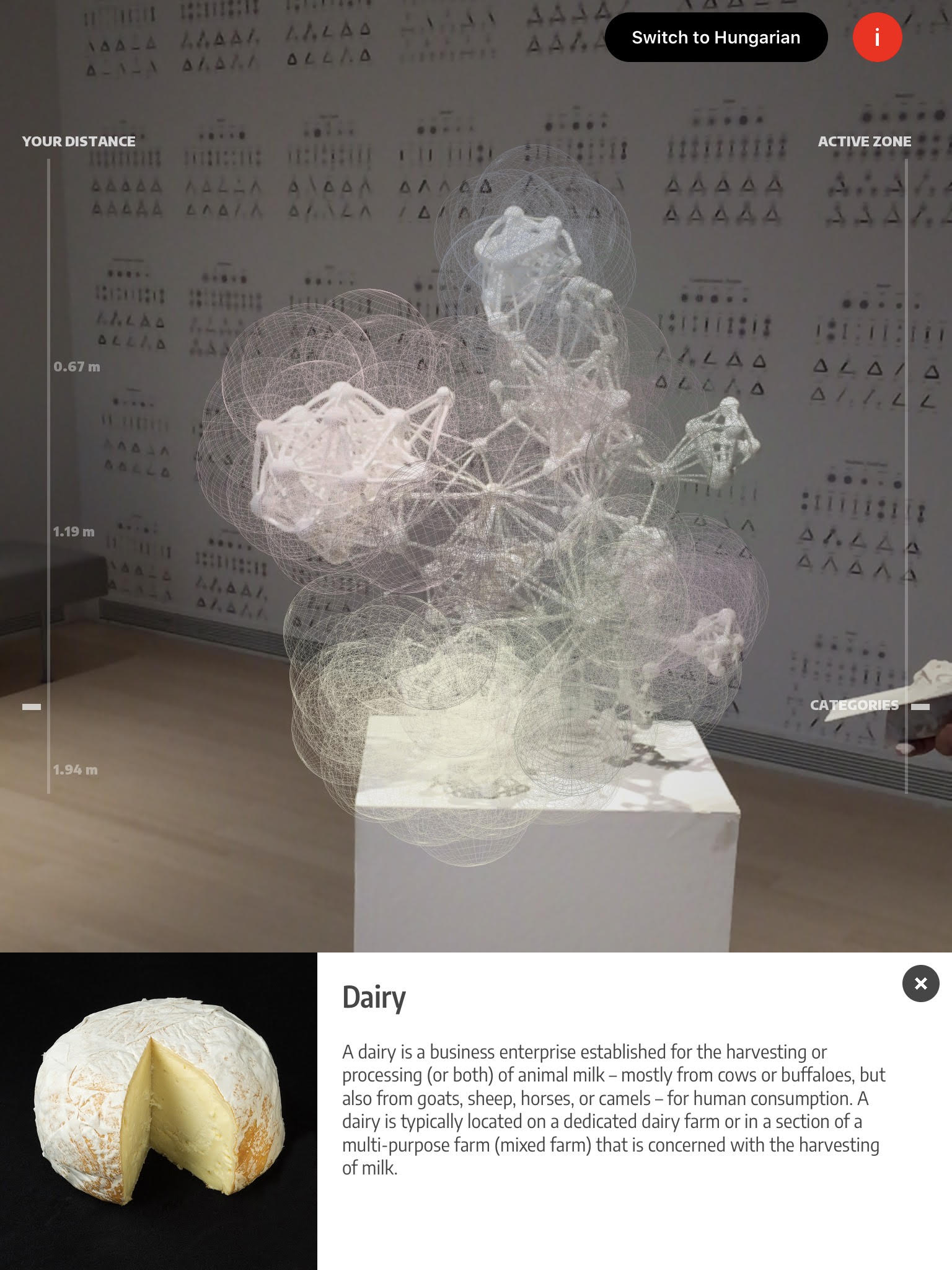The lab’s first successfully rendered network sculpture was a 3-D version of the
2011 flavor network. Finalized in 2018, its play of intersecting shapes and negative space offered a whole new experience of how flavors connect. Without the color coding that so brilliantly brought it to life as a 2-D map, the flavor network’s distinct communities offer the distinction between the different food classes.
The next evolutionary stage of the BarabásiLab’s visual language is taking shape in the form of 4-D experiments, the natural dimension of networks. As Barabási and his team experiment with augmented reality and virtual reality, the mediums that could bring such networks alive, they are forging new visual expressions for their research that will surely warrant new chapters in this ever-expanding story.












Contact
Social